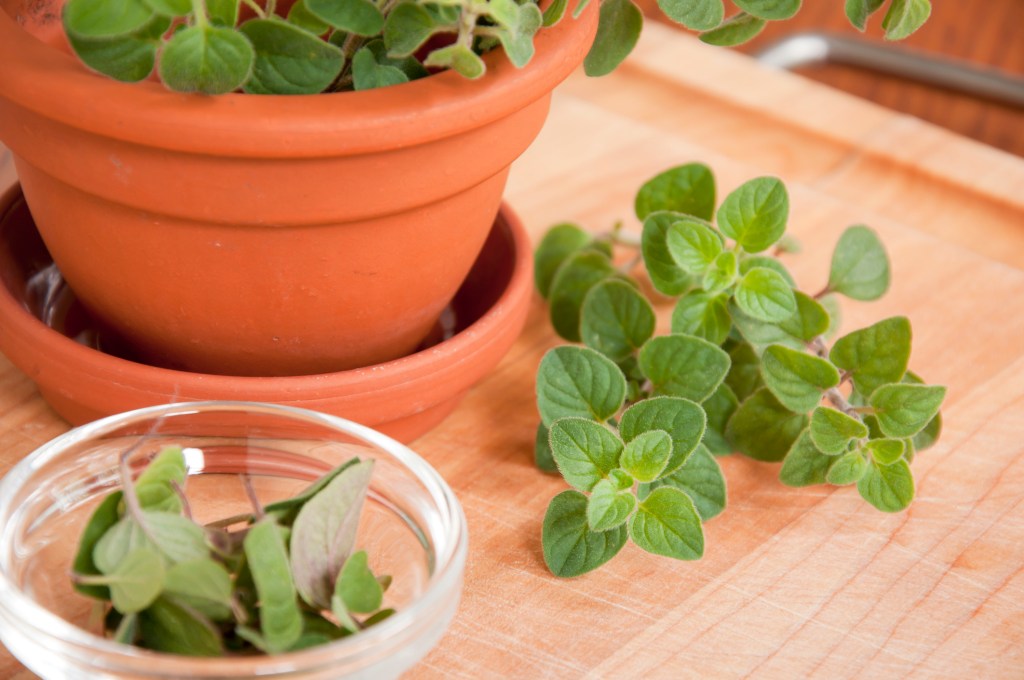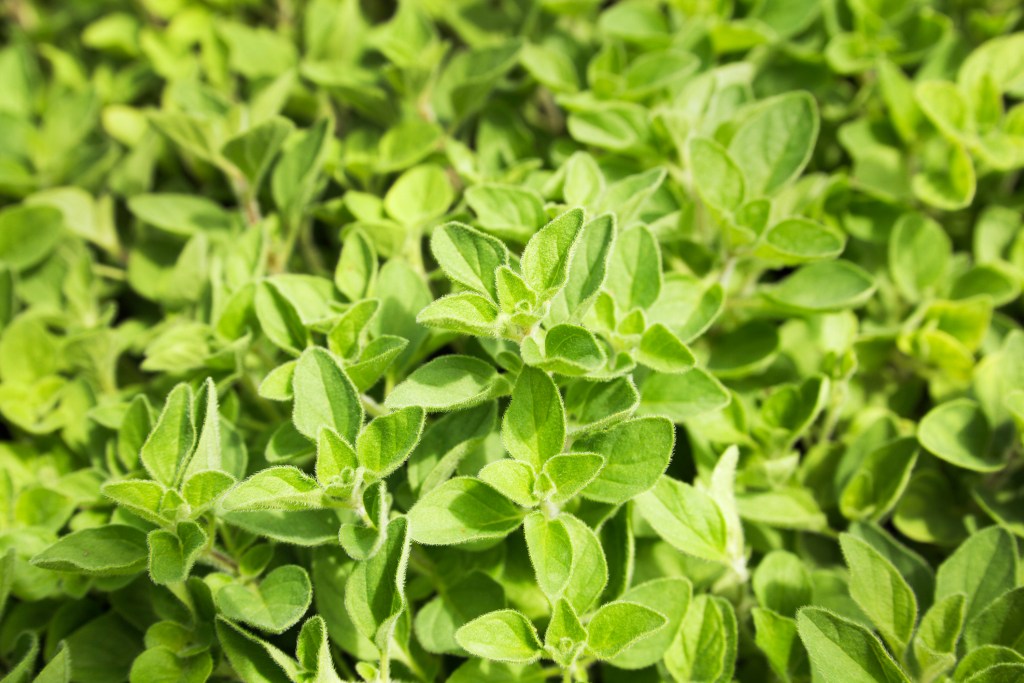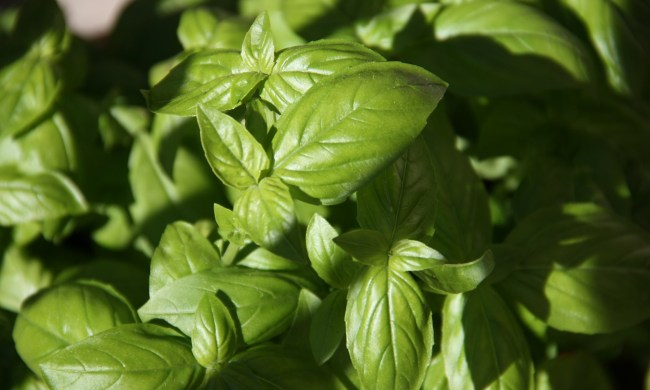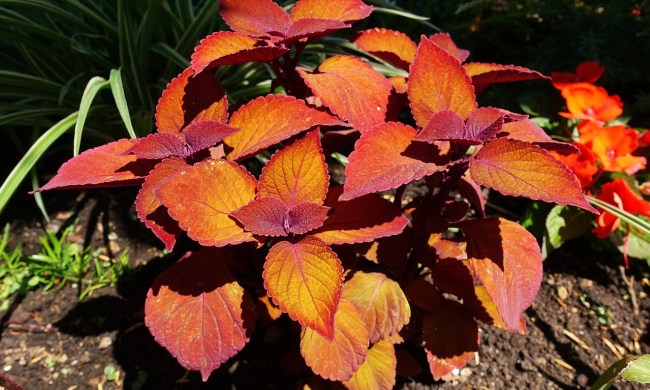As with most oregano plants, Greek oregano (Origanum vulgare) features fuzzy, miniature green leaves with white or pink flowers, so what distinguishes it from other types of oregano? The answer boils down to flavor. If you’ve ever wondered what makes Greek oregano different from the rest of the oreganos and how you can grow this hardy herb for yourself, here’s what you should know.

What is Greek oregano?
Greek oregano is a common variety of the oregano plant — in fact, it’s often referred to as true oregano. Since there are Greek, Italian, and Turkish oreganos from the Mediterranean region, there are nuances that you should keep in mind when you use these in your recipes. Generally speaking, Mediterranean oregano is usually more bitter and peppery than Mexican oregano. (In fact, Mexican oregano is from a different family altogether, coming from the verbena instead of the mint family.) Slightly spicy, Greek oregano is the strongest in flavor with a savory and earthy flavor profile. This tasty herb pairs well with pasta and pizza, although its uses in the kitchen are virtually limitless — it can go in most soups, salads, and meat dishes for extra flavor. As it’s a woodier herb, Greek oregano is also a great herb to dry; you can pluck off the leaves to microwave, air dry, or heat up in a microwave or dehydrator.
How do you grow Greek oregano?
Greek oregano can be grown by way of seeds, cuttings, or root division — capable of reaching two feet tall, it’s a prolific grower. If you go down the seed route, start your plant indoors about one or two months before the last frost. Outside, sow your seeds in the garden once the weather warms up to at least 50 degrees Fahrenheit. To propagate oregano by cuttings, cut the top part of a sprig that’s at least three to five inches long. Remove the bottom two inches of leaves and either root in water or stick it into some soil. The root division method is the easiest — you simply need to carefully untangle and divide the root ball in half to create two new plants. When placing your oregano in a planter or plot, remember that plants will be the strongest if you can keep them at least 12 inches apart.
How do you care for Greek oregano?
Greek oregano is easy to care for. You can grow it as a container plant or keep it in your garden as a groundcover. As an outdoor plant, it attracts pollinators and repels pests. These qualities make it an excellent companion plant; it’s especially beneficial for cucumbers, squashes, and melons. Greek oregano is also a hardy herb, capable of handling drought, harsh wind, and poor soil. In fact, over-caring for it with too much water or humidity can lead to root rot. This plant is perennial to climate zones 5 through 9, so it can tolerate warmer temperatures and prefers full sun if you can give it that.
While you can water Greek oregano frequently at the beginning when you’re letting your seeds germinate, allow the soil to dry out between waterings once the plant matures. As long as your soil is well-draining, you shouldn’t face too many difficulties with it. If you’re growing your Greek oregano inside of a container, make sure that you have drainage holes. There’s no need to feed your plant, but mixing compost into your soil can help it thrive during the growing season.

When should you harvest Greek oregano?
You should harvest Greek oregano before it blooms for the strongest flavor — it should have at least four to six leaves and be at least six inches tall. When cutting back your plant, use clean fingernails or a sterile pair of shears. Pruning is great because not only do you get a harvest from it, but it’ll also encourage your oregano to grow fuller. Typically, this herb dies in the winter and grows back in the spring, reaching maturity after two to five years of growth. To protect your Greek oregano in the winter, bring it inside or cover it with mulch once the temperatures drop
If you’re looking for a versatile kitchen herb that’s easy to source and packs a flavorful punch, look no further than Greek oregano. A low-maintenance herb that can withstand drought and most types of soil, it’ll thrive as long as you don’t overwater it and give it sufficient sunlight. After starting it in the spring, you’ll be able to have a bountiful harvest several times throughout the year.



